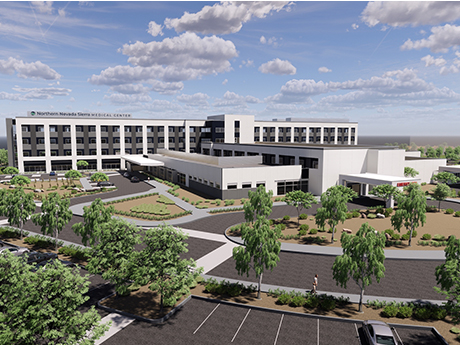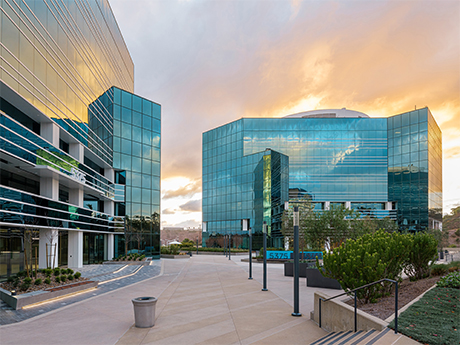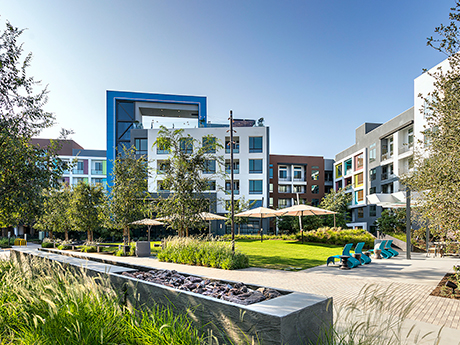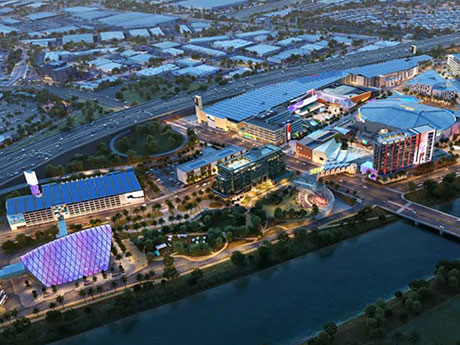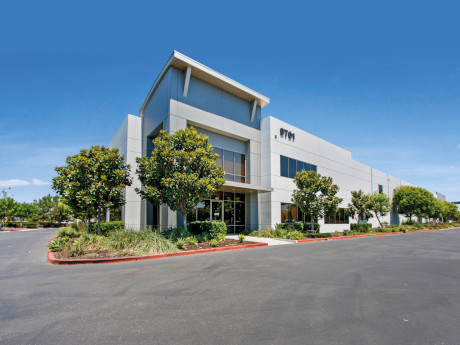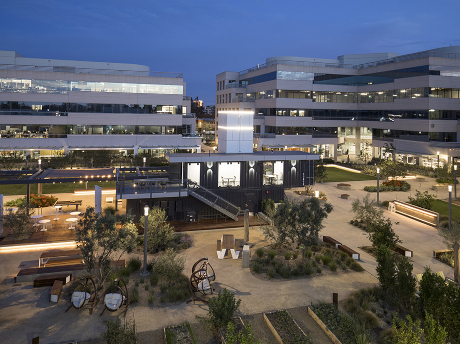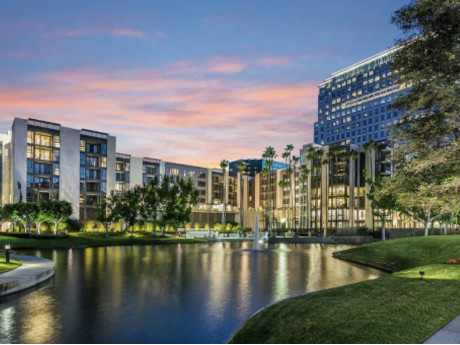— By Rawley Nielsen, President of Investment Sales, Colliers — Salt Lake City’s multifamily market will continue to stand out and impress in 2023…even with so much uncertainty, ongoing readjustments within the market and many investors at a stay. That’s because Utah continues to receive outsized investor interest that will maintain stability in pricing. Investors recognize overall performance at property levels remains healthy as the state continues to be a leader in population growth. Utah is also one of the top states for outstanding job creation, increased demand for housing and exponential rent growth. While multifamily investment sales volume was record-setting during the first half of 2022, we have seen volume taper dramatically in recent months. This is due to rising interest rates and a lack of clarity in the debt and equity markets that have impacted pricing. Much of this slowing can be attributed to the rising cost of capital and low leverage caused by debt service coverage ratio (DSCR) requirements. (See Tables 1-3) Overall, 2022 saw an average cap rate of 3.75 percent, decompressing over 20 basis points compared to the first half of the year. Cap rates are expected to expand further through 2023 as uncertainty in …
Western Market Reports
— By Baker Krukow, Senior Advisor, Industrial, Dickson Commercial Group — The Reno-Sparks industrial market is expected to remain active in 2023. It has a hefty pipeline of proposed industrial projects, steady increases in rental rates and a direct vacancy rate below 2 percent. The lack of available product has remained a challenge for tenants looking to occupy space, while landlords have been able to benefit from competing offers. The result of these tight market conditions will continue to push industrial development throughout the year. There was roughly 5.4 million square feet of new industrial product delivered in 2022, with 76 percent of those projects being speculative developments. A vast majority of those spec projects were pre-leased prior to completion. Looking at 2023 new construction, developers are dealing with severe winter weather delays. As a result, several projects have had to push back their completion timelines. Amongst some of the anticipated industrial projects under construction are Dermody Properties’ LogistiCenter at I-80 West Phase II, which will contain two state-of-the-art distribution buildings totaling 429,000 square feet. In the Sparks submarket, Panattoni Development has broken ground on the Pyramid Pointe Commerce Center, a 195,000-square-foot, Class A flex/bulk building, which will demise to …
— By Melissa Molyneaux, Executive Vice President, Colliers — The Northern Nevada market has seen continued positive net absorption, slowed investment sales and a sizeable increase in available sublease space in recent months. Local tenants with smaller footprints have been the driving force behind leasing activity and the market’s positive net absorption, with most new leases signed in 2022 being 5,000 square feet and less. Meanwhile, national and corporate tenants reevaluating their space needs have brought much of the available sublease space to the market in significantly larger blocks. Uncertainty surrounding interest rates has slowed investment sales, although pricing remains healthy. With investors putting a pause on new acquisitions, owner-user purchase activity may increase as tenants seize new occupancy opportunities. New construction starts have been minimal, although redevelopment/renovation projects remain prevalent. Two new developments that have broken ground include the Kimpton, a premier Class A high rise in downtown Reno, and Renown South Meadows, a specialty care center with about 40,000 square feet available for third-party providers. Each development represents continued demand from client-facing occupiers and healthcare providers in the region. In 2022, there were 30 companies that either expanded in or relocated to Northern Nevada, according to the Economic Development Authority of Western …
— By Tim Helgeson, Senior Vice President, Asset Manager, KBS — With San Diego’s median age sitting at just 34.9 and only 12 percent of the population over 64, much of the area’s workforce comprises younger Millennials and Gen Z professionals. This new generation of workers has a fresh approach to employment, not to mention a unique shared history that’s shaped by COVID. As this younger cohort enters and establishes itself in the workforce, employers expect their office space to help them attract and retain young talent. This expectation is influencing investors’ decisions and, in many ways, reshaping the office market in the new normal. These younger workers will be impacting office market dynamics now and for the next several years in a few different ways: Accelerated Repopulation of Offices Many employees got used to working remotely during the pandemic, but there is ample evidence that companies recognize the importance of having their teams in the office. Younger workers are partially driving this trend. In fact, research shows that Gen Z values the office more now than they did before the pandemic. The truth is, no remote work situation can compare to face-to-face, on-site interactions for onboarding, teaching, mentoring and advancing …
— By Cameron Irons, Executive Director, SVN Vanguard — The multifamily real estate market in Orange County continues to be one of the most attractive and profitable in the country. The area’s strong economy, affluent population and abundance of job opportunities have made it a popular destination for people looking for a place to live. As a result, the demand for housing in Orange County has remained high. Developers are responding by building new multifamily and mixed-use developments. There are several highly active companies developing new multifamily projects in Orange County. Projects such as Metropolis by the Irvine Company and Park and Paseo by Broadstone are nestled among large office/industrial parks and feature thousands of residential units, in addition to retail and commercial space. They are designed to be hubs for work, play and living, offering residents a wide range of amenities. Lennar Homes, KB Homes and Meritage Homes have similar projects in development in every city throughout the county. Despite the high prices of these properties, the Orange County multifamily market continues to thrive. The area has seen a surge in the number of renters in recent years, which has put pressure on the available housing supply. This has driven …
Orange County’s Retail Vacancy is Tight, but Capital Markets Activity Will Be Sluggish this Year
by Jeff Shaw
— By Terrison Quinn, Managing Principal, SRS Real Estate Partners — The Orange County retail property market was very active last year for both leasing and capital markets. At 4 percent, Orange County’s retail vacancy was back down to pre-pandemic levels. There was an annual net positive absorption of 445,000 square feet with 191,000 square feet of new space delivered in 2022, per CoStar. Average rents increased 5 percent from an average market rent of $34.84 per square foot, per year to $36.58 — the highest rate of rent growth in 10 years. We don’t see rents coming down at all this year, especially as there’s only 170,000 square feet of new space currently under construction and we continue to experience favorable consumer demand. From a capital markets perspective, investment activity remains to be seen. In line with national trends, many investors and lenders are putting capital deployment on pause as they analyze economic activity and adjust to a period of higher interest rates, higher inflation and, perhaps surprisingly, strong employment. Despite the angst that comes from uncertainty, there is a lot of positive sentiment toward economic corrections, creating investment opportunities over the coming years. This is certainly the …
— By Jace Gan, Executive Vice President, Colliers — Before 2020, Orange County’s industrial base shrank due to developers opting to redevelop multifamily and creative office spaces. Historically tight market conditions limit the number of new leases, and rising interest rates price out many businesses looking to purchase a building. However, we are seeing a significant increase in industrial development across Orange County for the first time in a while. Orange County industrial properties have seen a pullback from institutions that were putting capital out the door. About 2.4 million square feet of new industrial space was constructed in 2022 — a significant increase over the 660,000-square-foot, five-year average. Setting Pace Most activity occurs in North County, which makes up 45 percent of OC’s industrial base. Irvine has remained the hub for more specialized uses related to aerospace, medical, etc. Key developments across the region are dictating the speed of future activity. Goodman recently developed a 1.5-million-square-foot, four-building logistics center in Fullerton. The overall size is rare for the OC, and was 89 percent pre-leased before completion. Samsung took two buildings totaling 1 million square feet. Sprouts took 337,000 square feet in another building. Sares Regis Group is redeveloping an …
— Scott Wetzel, Executive Vice President, JLL — Tenants and debt remain the most important drivers of the Orange County office ecosystem — both having undergone major evolutions in recent history. Maybe unexpectedly, leasing velocity improved year over year, despite the never-ending drumbeat of a pending recession. Conversely, investment markets were much more cautious as debt cost spiked and investors pumped the brakes. Leasing From Bob Iger to Howard Schultz, prominent executives are voicing frustration over the state of the office market…and rightfully so. We watched the pendulum swing from end to end as office tenants went from fully “in office” pre-pandemic, to 100 percent remote for the better part of 2020 and 2021. Today, the national office usage rate still hovers around 50 percent, according to the most recent Kastle Systems report. Orange County reflects this national trend, meaning it’s stuck in the middle between in-office and in-home. Tenants are also on divergent paths as some seek quality, while others prioritize value. New Orange County office developments like Flight (Lincoln Property Company), Boardwalk (AEW) and Spectrum Terrace (the Irvine Company) are fully leased and have achieved premium rental rates, typically 70 percent-plus above average market lease rates. Large contiguous …
— By Shane Shafer, Managing Director, Northmarq — Orange County remains a highly desirable market for multifamily investors — and for good reason. It’s a flight-to-quality market with a strong employment base and continued expectations of future job growth. This drives demand for rental units and pushes rent growth and occupancy. Add to that a severe shortage of rental housing supply, more would-be homebuyers remaining renter, and Orange County’s affordability compared with other Southern California markets, and it points to a robust investor market. The employment market continues to show signs of growth and resurgence, adding 73,000 jobs in 2022. Unemployment is an extremely low 2.5 percent. Orange County is long known for its tech startups, tourism and hospitality sectors, though healthcare and bioscience are expanding here as well. For example, Washington-based health system Providence is investing $712 million in Orange County to build two new multi-specialty medical centers and a new patient care tower for Providence Mission Hospital. The centers will be in San Clemente and Rancho Mission Viejo. This strong job market gives multifamily investors confidence in their expected returns as they aggressively pursue assets when they hit the market. Central OC Leads in Rental Gains Central Orange County experienced a …
— By Shane Shafer, Managing Director, Northmarq — The Inland Empire submarkets have maintained rent increases, low vacancy rates and employment growth. Plus, unlike other Southern California markets, the IE has seen a migration into the area — not out. The population of the Inland Empire region in an average year expands by about 50,000 residents. This is the fifth largest gain among the largest 50 metros, per 2021 Census numbers. A Jobs-Rich Market Gaining Momentum Local employment showed signs of growth and resurgence, adding jobs each of the past four quarters. Year-over-year total employment increased by more than 83,000 positions, which equates to a gain of more than 5 percent. Contrast this with other markets, and you can see why the Inland Empire is on most investors’ top 10 lists for buying, and why expectations are so high for the market to have continued rental growth. The logistics sector is one of the biggest and fastest growing in the United States. These jobs have consistently grown over the past 10 years, increasing by more than 10 percent. This year, Amazon inked a record-setting 4.1-million-square-foot facility in Ontario, while companies like Target, Shopify, Best Buy, AutoZone and others also made large commitments. The …




